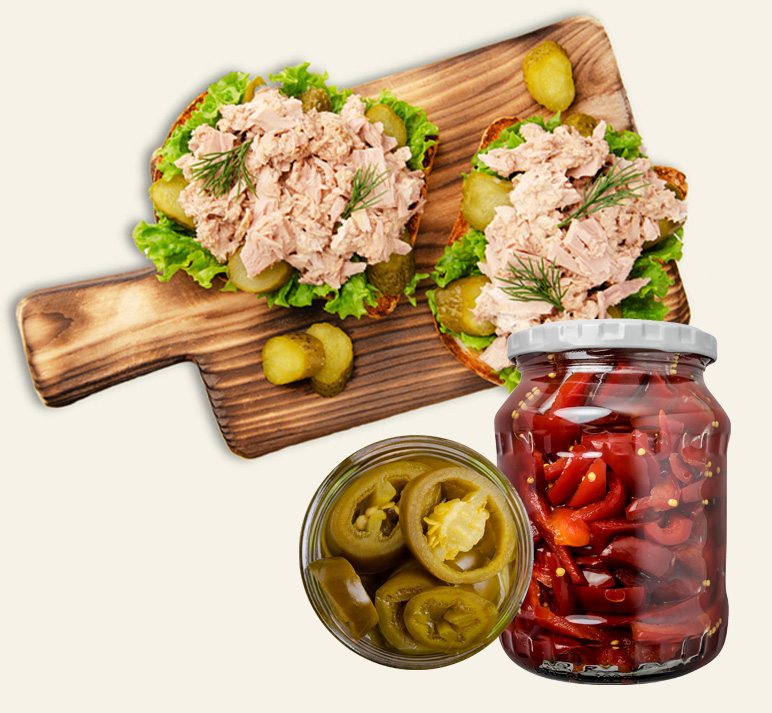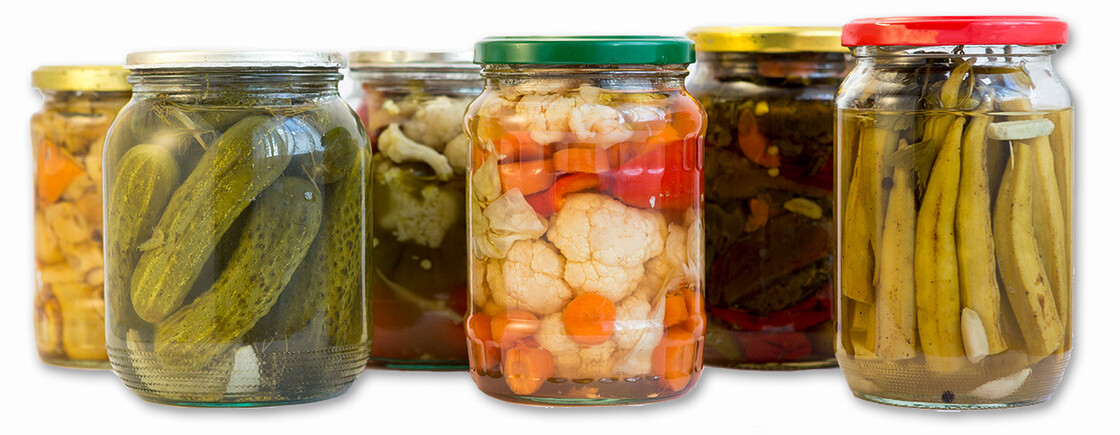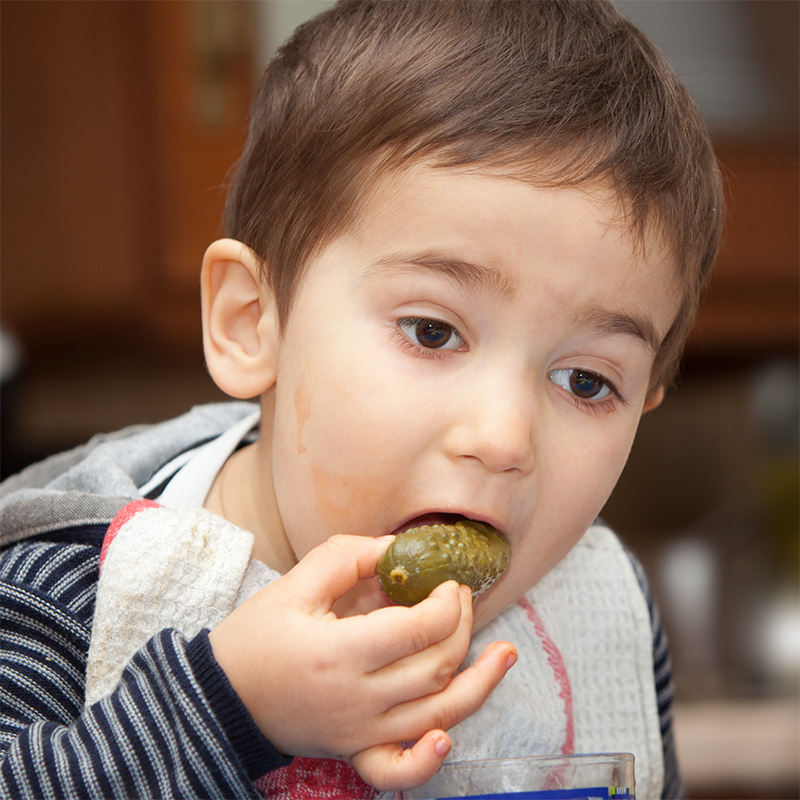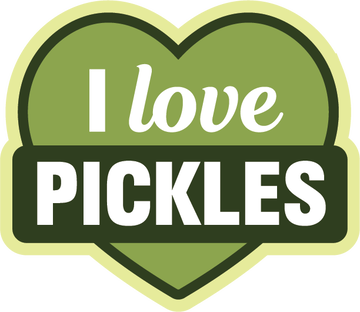Discover the
Health Benefits of Pickles
Pickles, pickled peppers, sauerkraut, and other pickled vegetables aren’t just tasty—they also provide a variety of health benefits that can enhance your well-being. Rich in probiotics, especially when fermented, pickled vegetables aid digestion and support gut health. They are low in calories, making them an excellent snack option for those watching their weight. Additionally, pickled vegetables are a source of antioxidants and essential vitamins, such as Vitamin K, which plays a key role in maintaining bone health.

Pickled Vegetables: The Surprise Superfood
- Pickles, pickled peppers, and sauerkraut contain no fat. Each is low in calories: only 15 in an entire large dill pickle, 7 in an ounce of pickled peppers, and 22 in a half-cup of sauerkraut.
- Pickles and pickled peppers come in dozens of varieties—garlicky, tart and tangy, sweet, sweet-hot, mild, and incendiary, to name a few. Chopped or sliced, they make flavorful additions to otherwise bland diet recipes.
- Sauerkraut, made from cabbage—a cruciferous vegetable like Brussels sprouts, cauliflower, broccoli, and turnips—delivers 25% of the US RDA of Vitamin C per half-cup serving. Medical authorities recommend eating several servings of cruciferous vegetables each week to reduce the risk of colon cancer.
- Pickles, pickled peppers, and sauerkraut count toward the recommended five daily servings of fruits and vegetables.



Kids Love Pickles!
A Crispy, Crunchy, and Healthy Snack Packed with Flavor
When looking for nutritious foods for your kids, don’t forget the pickles! They’re crispy, crunchy, and flavorful.
- In a consumer study conducted for the pickle industry, teens identified pickles as one of their favorite vegetables. According to the USDA, just 1/8 of a cup of pickles counts as one of the five recommended daily servings of fruits and vegetables.
- Keep several varieties of pickles and pickled peppers refrigerated for convenient after-school or summertime snacks. They're a cut above high-fat, empty-calorie foods kids might otherwise choose. Add pungent flavor and enhance any sandwich with a layer of long pickle slices or pickle chips to boost "kid appeal."
- Kids are "dill-lighted" by cool, refreshing pickle pops. Chill large, juicy dill pickles, then skewer them with ice cream sticks for a snack that's big on flavor but low in calories and fat.
- Today’s kids grow up loving spicier foods. Top tacos, nachos, burritos, sandwiches, or even pizza with hot or sweet pickled banana pepper rings.
Super Sauerkraut: Ideal For Today’s Leaner, Lighter Diets
It’s time to rediscover sauerkraut! This terrific, versatile vegetable fits naturally into health-conscious eating patterns.
- Three-quarters of a cup of undrained sauerkraut contains only 33 calories, has no fat, and provides almost half the daily requirement of Vitamin C.
- Sauerkraut is crisp and fresh-tasting year-round. It is available on supermarket shelves in cans or jars, or in refrigerated sections in poly bags. Conveniently, it is ready to use with no chopping or slicing.
- Look for sauerkraut variations such as Bavarian Kraut, which is sweetened and includes caraway seeds; winekraut, fermented in white wine; or sauerkraut salad, which is mild and slightly sweet with onion, red peppers, vinegar, and other seasonings. All of these flavors can be served hot or cold.

- Kraut adds zesty flavor to low-calorie cooking. Use sauerkraut as a main ingredient in all kinds of salads or to add crispness to sandwiches. For a milder kraut flavor and to reduce sodium, rinse it after draining.
- Kraut is excellent for meatless meals. Sauté sliced potatoes, onions, apples, and grated carrots in a bit of olive oil. Add a splash of white wine, freshly ground pepper, and dill weed, then sprinkle with soy-based bacon bits for extra flavor.
- When draining kraut, save the juice. One cup has only 22 calories and a robust flavor, making it a superb addition to or base for marinades and barbecue sauces. Plus, its acidity helps tenderize meats.

